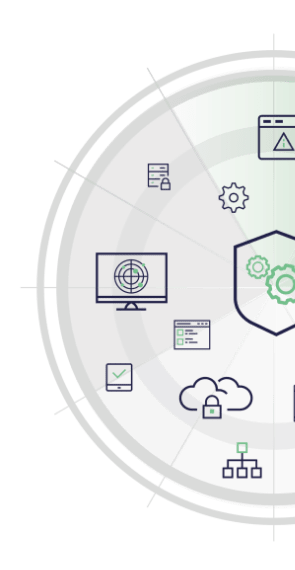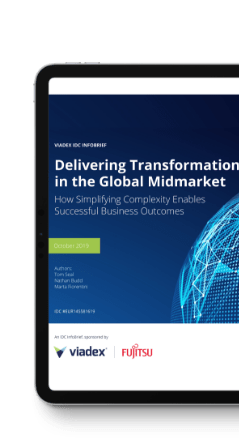BIG DATA, ANALYTICS & IOT – ADOPTION ON THE RISE
We are all continually facing a deluge of increasing amounts of information to review, analyse and make decisions about. This trend will only increase as businesses begin analysing unstructured data, implementing smart systems (IoT), and connecting more of their employees into the digital business. IoT itself is driving a significant increase in data touch points as well as the amount of data collected to analyse and make decisions with. This is driving innovation in market verticals that will drive massive change in how services and products are delivered to customers.
In a TED Talk in 2013, Marco Annunziata spoke about the industrial internet which is the 3rd major revolution of how humans have progressed forward after the industrial and internet revolution. The primary message was that industrial businesses and their machinery are being adapted with sensors – IoT – generating massive amounts of data – Big Data – which is analysed – Analytics – to make decisions about what to do, and when to do it. The outcome of which is that the GDP would increase substantially due to quicker decisions, less waste and greater benefits for all of us.
The energy sector is implementing systems to monitor efficiency and effectiveness of energy production which is using this type of data and ability to make decisions around material flow, waste management and capacity storage that will generate millions of savings per year both for the producer and consumers. An example of this for the consumer is smart meters in the home and connecting them with smart home systems such as lighting and heating/cooling.
In transport, management systems have to some degree already been augmented with public transport rail in many countries. This is now becoming more wide spread and being applied to urban streets in smart cities – using sensors on the road to guide autonomous/self-driving vehicles and along highways to manage flow of traffic to reduce the stop and go blockages.
Retailers are starting to provide consumers with instant data access online and in-store (the Omni-channel approach) through mobile apps and connecting their wide spread systems to ensure consumers get the best experience regardless of how they interact with the retailer. Equally the retailer is able to make better decisions through footfall, sales promotions and basket abandonment to enable better and faster decision making capabilities to change promotion product mix, placement of product in store and availability of products across countries – locally, regionally and globally.
These situations mean organisations need to augment their legacy/ERP systems with newer systems that can leverage the data in the ERP systems. The ERP system can remain as is, adding another layer for decision analysis and support will add real-time decision capabilities to the business with newer technology without modifying or upgrading the ERP with newer concise and visual data that will drive decision making both for the organisation and their customers.
Please contact me if you would like to discuss any of these points marketing@viadex.com




